Điểm nhấn
-
 Hội thảo “Thực trạng người Việt Nam hồi hương từ Vương quốc Anh giai đoạn 2014 - 2023”
Hội thảo “Thực trạng người Việt Nam hồi hương từ Vương quốc Anh giai đoạn 2014 - 2023”
-
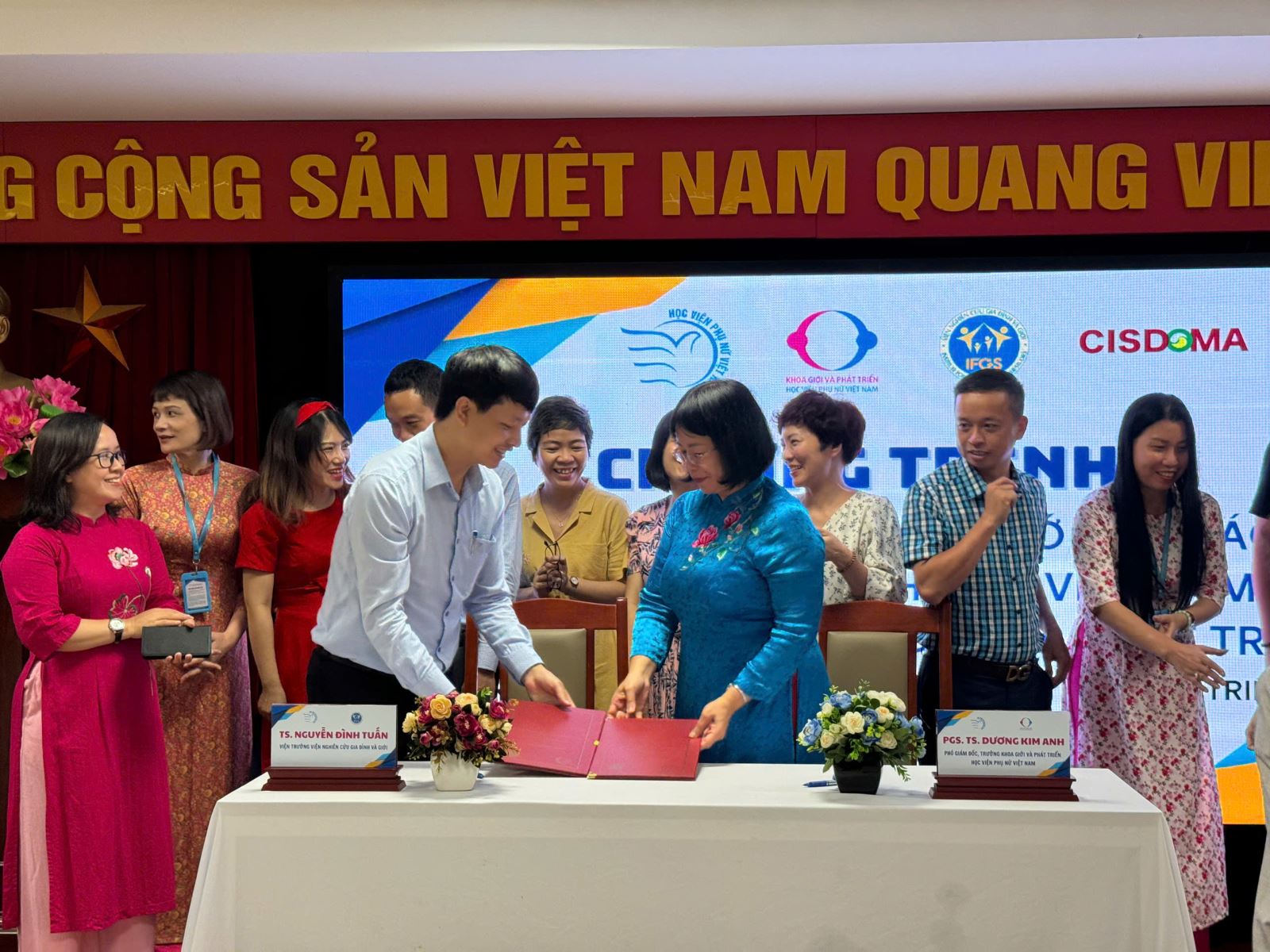 Lễ Ký kết biên bản ghi nhớ hợp tác giữa Học viện Phụ nữ Việt Nam với Viện Nghiên cứu Gia đình và Giới
Lễ Ký kết biên bản ghi nhớ hợp tác giữa Học viện Phụ nữ Việt Nam với Viện Nghiên cứu Gia đình và Giới
-
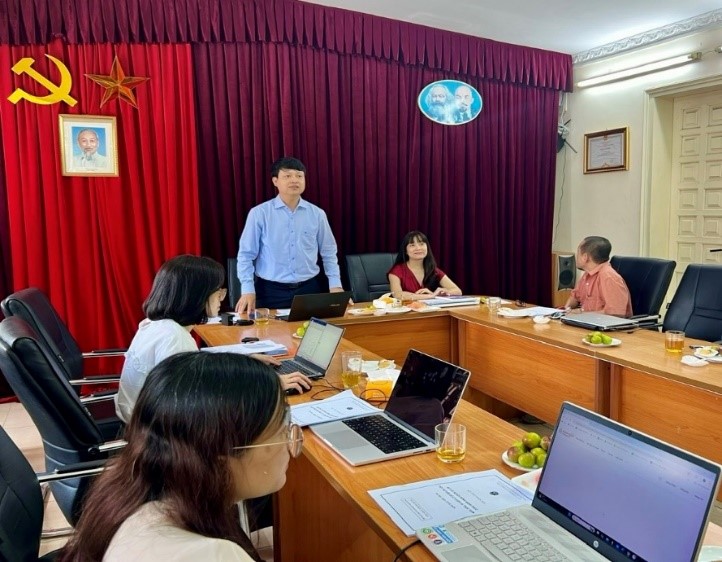 Hội thảo khoa học: "Bộ chỉ số gia đình hạnh phúc: Một số vấn đề lý luận và thực tiễn"
Hội thảo khoa học: "Bộ chỉ số gia đình hạnh phúc: Một số vấn đề lý luận và thực tiễn"
-
 Tọa đàm khoa học "Vận dụng lý thuyết trong nghiên cứu khoa học xã hội"
Tọa đàm khoa học "Vận dụng lý thuyết trong nghiên cứu khoa học xã hội"
-
 Hội nghị Đối thoại giữa Chi ủy, Lãnh đạo viện với đảng viên, viên chức và người lao động Viện nghiên cứu Gia đình và Giới 6 tháng đầu năm 2024
Hội nghị Đối thoại giữa Chi ủy, Lãnh đạo viện với đảng viên, viên chức và người lao động Viện nghiên cứu Gia đình và Giới 6 tháng đầu năm 2024
-
 Chi bộ Viện nghiên cứu Gia đình và Giới tổ chức sinh hoạt chuyên đề: Đoàn kết thống nhất trong Đảng theo tư tưởng Hồ Chí Minh
Chi bộ Viện nghiên cứu Gia đình và Giới tổ chức sinh hoạt chuyên đề: Đoàn kết thống nhất trong Đảng theo tư tưởng Hồ Chí Minh
-
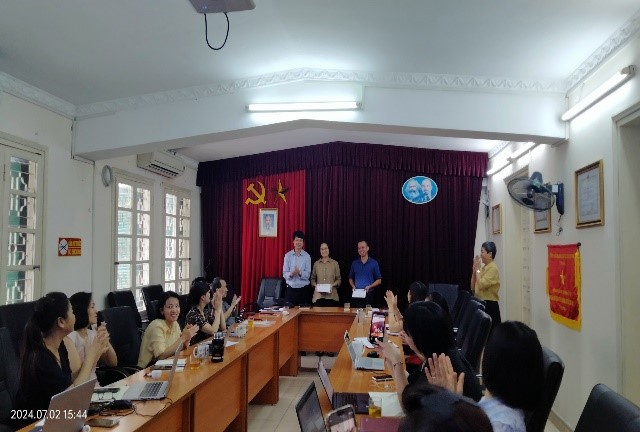 Cuộc thi “Nét đẹp và giá trị gia đình Việt Nam” hưởng ứng Ngày Gia đình Việt Nam 2024
Cuộc thi “Nét đẹp và giá trị gia đình Việt Nam” hưởng ứng Ngày Gia đình Việt Nam 2024
-
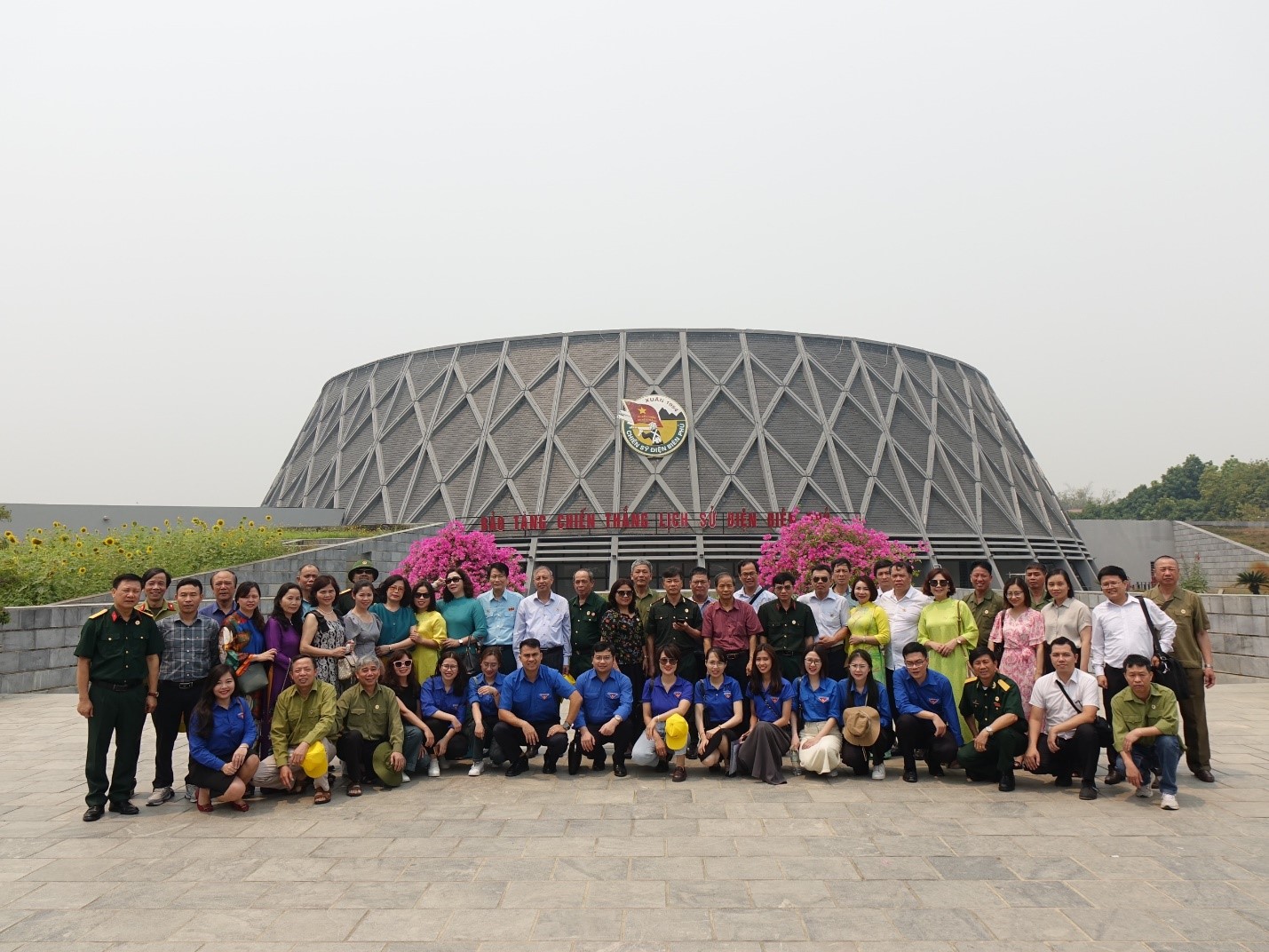 Hội Cựu chiến binh, Đoàn Thanh niên Viện Hàn lâm Khoa học xã hội Việt Nam đi thăm lại chiến trường xưa Điện Biên Phủ
Hội Cựu chiến binh, Đoàn Thanh niên Viện Hàn lâm Khoa học xã hội Việt Nam đi thăm lại chiến trường xưa Điện Biên Phủ
- Tổng mục lục Tạp chí 2023
-
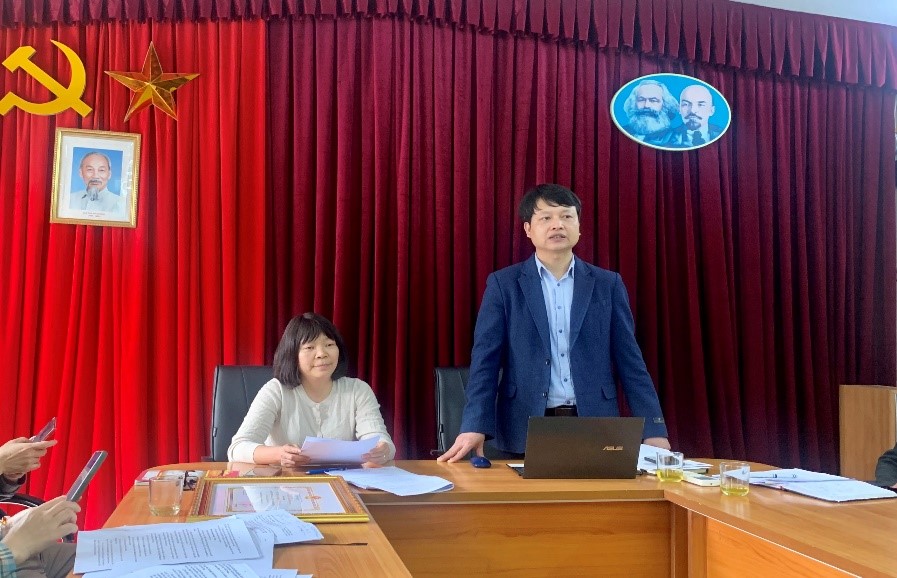 Viện nghiên cứu Gia đình và Giới phát động phong trào thi đua và ký Giao ước thi đua năm 2024
Viện nghiên cứu Gia đình và Giới phát động phong trào thi đua và ký Giao ước thi đua năm 2024
Liên kết web
Số lượt truy cập
78
4743596
Chi tiết tạp chíNo. 2 - 2012
Abstract: This article draws on the results of a research project, "Basic social problems of sustainable development in the Northwest of Vietnam from 2011 to 2015", which was conducted from 2006 to 2008, to identify the social problems posed by the sustainable development of households in the Northwest of Vietnam. Analysis of the simultaneous impacts suggests that risk factors have stronger effects than the advantageous factors which open up opportunities for the development of the household economy. The overall assessment of structural factors such as occupation and ethnicity, resource factors such as education and number of children, social capital factors such as community activeness and kin networks, and quality of health services, suggests there is poor potential for the sustainable development of households in the study area.
Key words: Sustainable development; Poverty reduction; Household living standard.
Key words: Sustainable development; Poverty reduction; Household living standard.
Certificates of Land Use Right and Loans for Women
Abstract: Based on results from a field survey in 2008, this article studies the influence of using certificates of land use right in the names of a wife and husband for obtaining loans for women. Results show that in terms of both procedure and opportunity, the use of the certificate of land use right in the name of a wife and husband to obtain a loan saves time, requires less paperwork, saves effort and is more likely to be accepted. On this basis, borrowers can get the loan faster, and a certificate of land use right in the names of both a husband and wife also enables women, who are not a head of a household, to get a loan directly using the land use right as mortgage without other conditions. Specifically, time to verify procuration is saved, and the possibility of disputes arising when a mortgage is being released is reduced.
Key words: Certificate of land use right; Loans for women; Access to credit.
Key words: Certificate of land use right; Loans for women; Access to credit.
Gender and Migration Decision-Making: Theoretical Perspectives and Practical Aspects
Dang Nguyen Anh
Abstract: Through a literature review, this article highlights the gender and migration relationship and points out the gender outcomes of migration decision making in Vietnam. According to its findings, the current theories of migration often ignore and fail to incorporate gender in their explanations although the feminization of migration continues to pose common challenges in demographic and economic terms as well as in Asia and other regions. Equal value is still not given to women and men in the migratory process. Women are still not perceived as equal actors in migration or as equally important in being surveyed and counted. In Vietnam, female migrants are still disadvantaged in the labour market, not only because of gender discrimination, but also because of their rural identities and outsider status as defined by the household registration system.
Key words: Gender; Gender equality; Migration; Labour.
Key words: Gender; Gender equality; Migration; Labour.
Gender Dimensions in the Textbooks in Vietnam’s National Education System
Abstract: Based on a two-year survey on the contents of the school textbooks in Vietnam, this article has provided convincing evidence of gender stereotypes and bias. According to its findings, male characters outnumber females by three times in texts, and by about a half in illustrations. Personalities mentioned in textbooks are also predominantly male. Masculine characters account for 95% of historical personalities and 88% of contemporary personalities, while only 5% of historical personalities and 11% of contemporary personalities are women. Male adults reached a percentage of 80% having a profession while the figure for female adults was lower, with 66%. One quarter of women were portrayed as houseworkers, while there were no men in that category. For women, the two professions with the highest percentages were teachers and employees while, on the contrary, men were depicted in a much more diverse range of professions.
Key words: Gender, Gender stereotypes; Gender bias; Textbook; Education System.
Key words: Gender, Gender stereotypes; Gender bias; Textbook; Education System.

